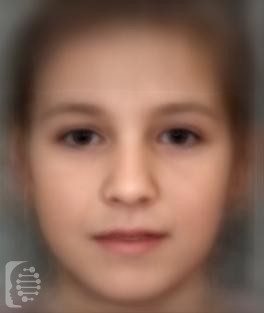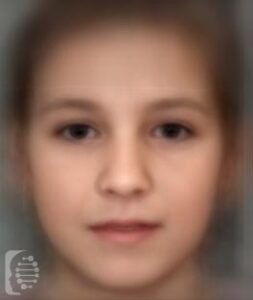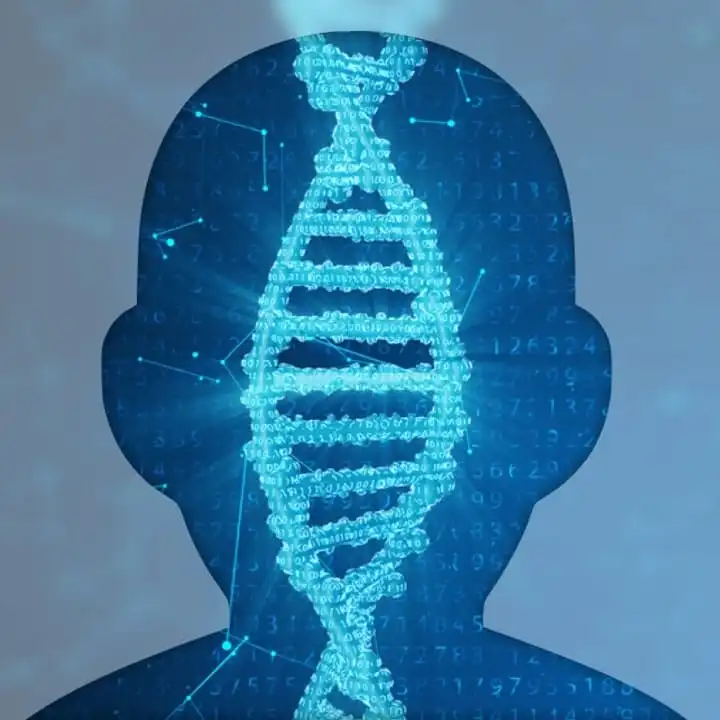What is Hemifacial Atrophy, Progressive (HFA)?
Hemifacial Atrophy, Progressive is a rare craniofacial disease is a degenerative and progressive syndrome that affects the symmetry of the face and which then in turn causes related facial features and characteristics.
This rare disease is progressive, meaning its symptoms and features of the syndrome worsen over time.
This syndrome is also known as:
Hemifacial atrophy; Hemifacial atrophy (Coup de sabre); Parry-Romberg Syndrome; Progressive hemifacial atrophy
What gene change causes Hemifacial Atrophy, Progressive (HFA)?
The exact cause of the syndrome is not yet known. It has been suggested that it may be an autoimmune disorder, possibly triggered by trauma or environmental factors.
It has no known mode of inheritance, it appears to be sporadic, and not related to a family history in any way.
In some cases, a genetic syndrome may be the result of a de-novo mutation and the first case in a family. In this case, this is a new gene mutation which occurs during the reproductive process.
What are the main symptoms of Hemifacial Atrophy, Progressive (HFA)?
The main symptom of the syndrome is progressive atrophy of the face, in which one side (although sometimes it occurs in both sides of the face), of the face experiences skin degeneration. It usually occurs slowly, beginning in later childhood or even later into adulthood, and rarely in infancy. This degeneration may also affect the arm, trunk and leg.
This facial symmetry then causes a number of other features, including alopecia, hyperpigmentation of the skin, facial nerve pain, eye problems including deep set eyes and a small lower jaw, as well as tongue atrophy.
Possible clinical traits/features:
Poliosis, Seizure, Sporadic, Short mandibular rami, Onset, Trigeminal neuralgia, Ptosis, Blepharophimosis, Alopecia areata, Abnormality of the musculature, Ataxia, Asymmetric growth, Aplasia/Hypoplasia of the skin, Hemifacial atrophy, Heterochromia iridis, Horner syndrome, Kyphosis, Micrognathia, Microtia, Migraine, Irregular hyperpigmentation, Deeply set eye, Delayed eruption of teeth, Dental malocclusion.
How is it diagnosed?
To find out if someone has a diagnosis of Hemifacial Atrophy, Progressive (HFA), it is important to have a consultation and evaluation with a clinical genetic specialist. Specialists may also suggest specific genetic testing or other types of tests to help reach a diagnosis. FDNA’s AI technology can help speed up the diagnostic process by analyzing facial features and other health information.


